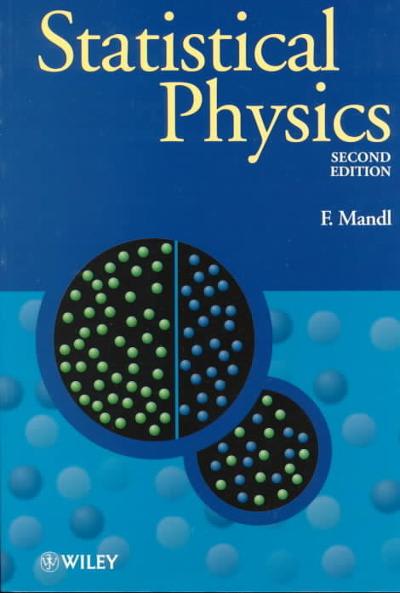Answered step by step
Verified Expert Solution
Question
1 Approved Answer
s. The average person thinks of laser beams as pencil-thin rays of light, but let's calculate what actually happens to a laser beam as it

Step by Step Solution
There are 3 Steps involved in it
Step: 1

Get Instant Access to Expert-Tailored Solutions
See step-by-step solutions with expert insights and AI powered tools for academic success
Step: 2

Step: 3

Ace Your Homework with AI
Get the answers you need in no time with our AI-driven, step-by-step assistance
Get Started


